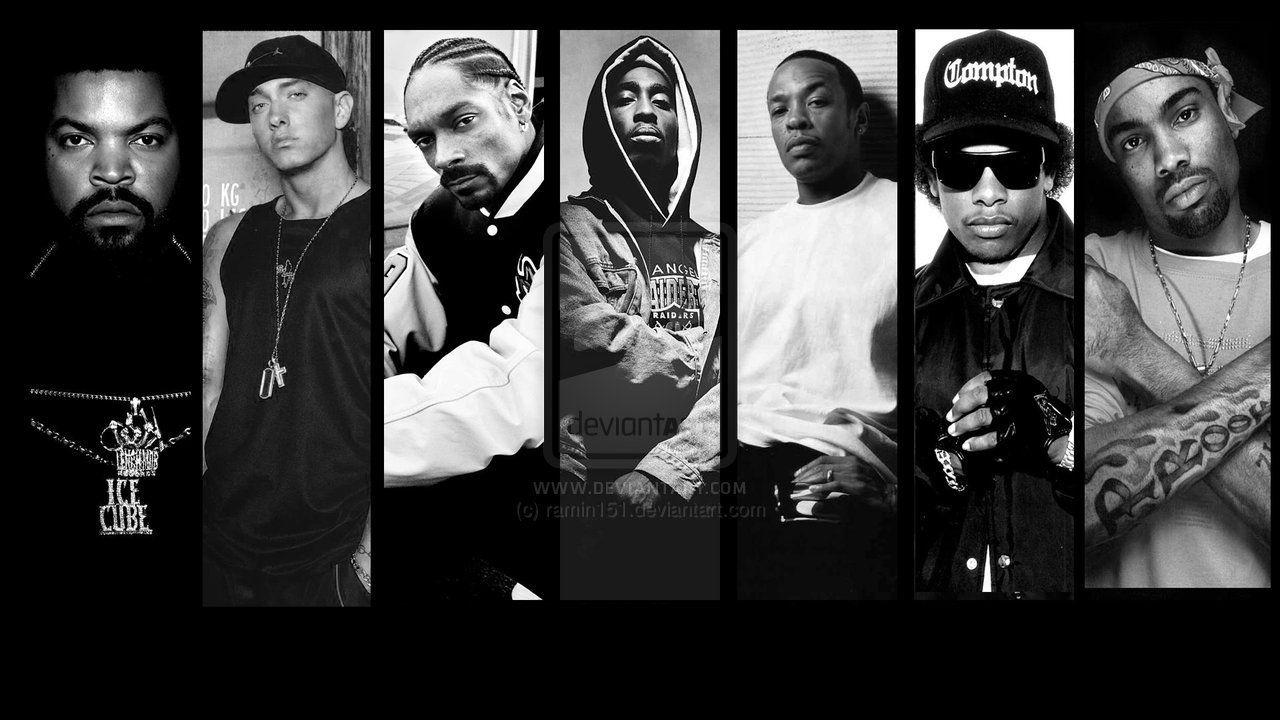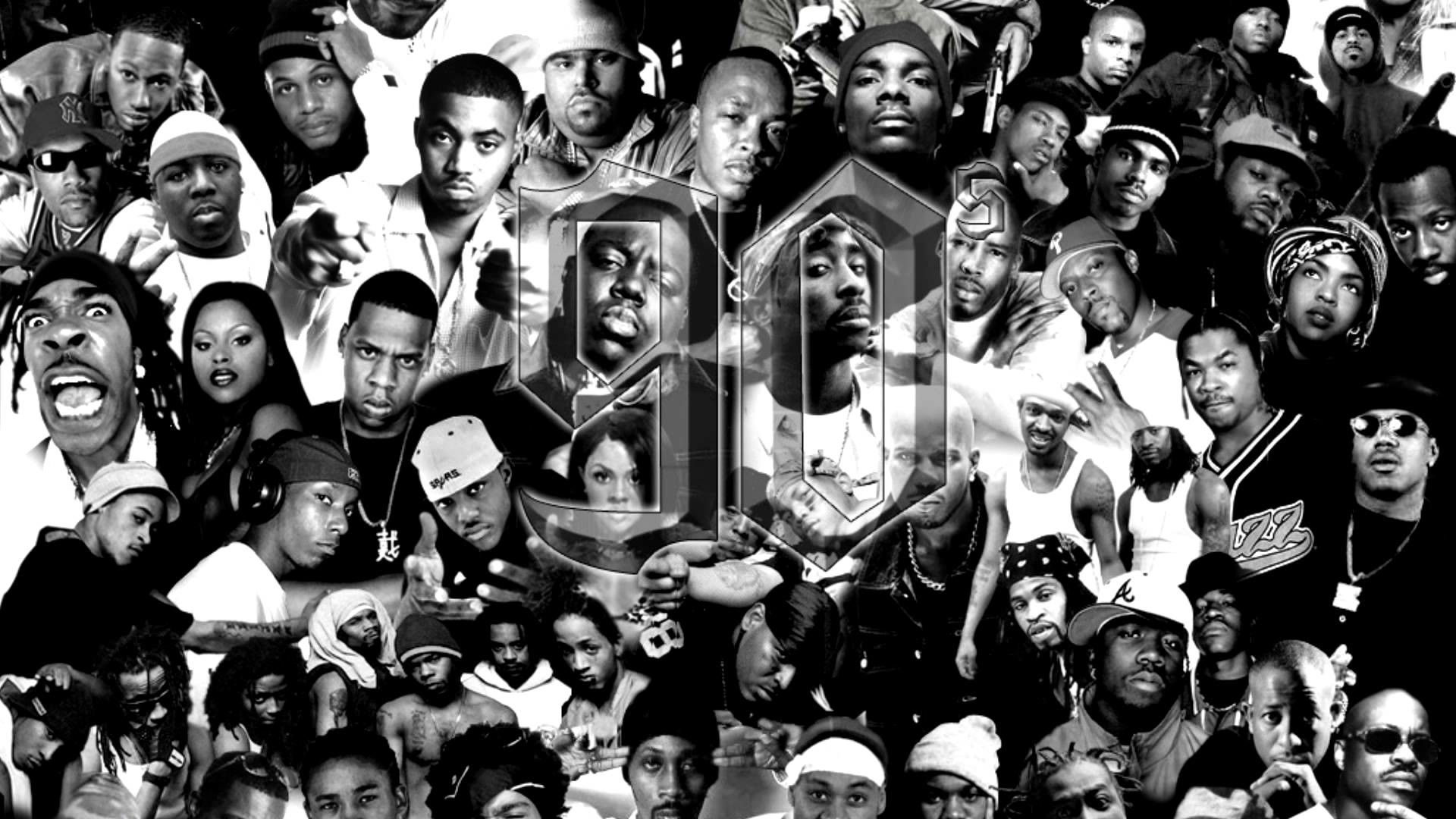90's Rappers: The Legends Who Shook The Music World
Yo, let me hit you with somethin' real. The 90's was a golden era for rap music, where raw talent and street authenticity reigned supreme. Rappers from the 90's weren't just making music—they were crafting stories, shaping culture, and leaving a legacy that still resonates today. This ain't just about beats and rhymes; it's about the artists who turned their struggles into anthems. So if you're ready to dive deep into the world of 90's rappers, we're about to take a trip back to the days when hip-hop was king.
You might be wondering, why should you care about rappers from the 90's? Well, my friend, this is where the roots of modern rap were planted. These artists weren't just spitting bars—they were paving the way for future generations. The beats were harder, the lyrics were deeper, and the energy was unmatched. It's like they knew they were creating something timeless, and they delivered in a big way.
So grab your favorite pair of headphones, and let's rewind to an era when rap music wasn't just entertainment—it was a movement. Whether you're a die-hard fan or just curious about the history, this article's got you covered. We're talking about the legends, the game-changers, and the voices that shaped a generation. Let's get into it.
Read also:Cydney Moreau Husband The Inside Story Yoursquove Been Waiting For
Table of Contents
- Biography of Key Rappers from the 90's
- Influence of 90's Rappers on Modern Music
- Diverse Styles of Rappers from the 90's
- Iconic Collaborations Among 90's Rappers
- Major Labels and Their Role in 90's Rap
- The Evolution of Beats in 90's Rap
- Lyricism: What Made 90's Rappers Stand Out
- Rivalries and Feuds in the 90's Rap Scene
- Cultural Impact of 90's Rappers
- The Lasting Legacy of 90's Rappers
Biography of Key Rappers from the 90's
Notable Figures and Their Contributions
Alright, let's kick things off by breaking down some of the biggest names in 90's rap. We're talking about legends like Tupac Shakur, The Notorious B.I.G., Nas, Wu-Tang Clan, and more. These artists weren't just making music—they were creating art that spoke to the soul. Take Tupac, for example. His ability to blend social commentary with raw emotion made him a voice for the voiceless. Meanwhile, Biggie brought a lyrical flow that was unmatched, painting vivid pictures with every verse.
Then there's Nas, whose debut album "Illmatic" is still regarded as one of the greatest rap albums of all time. And don't forget the Wu-Tang Clan, who brought a unique sound and energy that redefined what a rap group could be. These guys weren't just rappers—they were architects of a culture that's still thriving today.
Check out the table below for a quick rundown of some key players:
| Name | Birth Year | Origin | Notable Albums |
|---|---|---|---|
| Tupac Shakur | 1971 | New York City | All Eyez on Me, Me Against the World |
| The Notorious B.I.G. | 1972 | Brooklyn, NY | Ready to Die, Life After Death |
| Nas | 1973 | Queensbridge, NY | Illmatic |
| Wu-Tang Clan | 1992 | Staten Island, NY | Enter the Wu-Tang (36 Chambers) |
Influence of 90's Rappers on Modern Music
Let's talk about the impact. The influence of 90's rappers on today's music scene cannot be overstated. These artists laid the foundation for what we now know as mainstream rap. From the storytelling style of JAY-Z to the aggressive flows of Eminem, you can trace a lot of modern rap back to the 90's. It's like these guys were the blueprint, and everyone else has been building off that ever since.
One of the biggest contributions of 90's rappers was their ability to blend personal experiences with universal themes. They spoke about the streets, but they also talked about love, ambition, and the struggle to succeed. This authenticity resonated with listeners across the globe, and it continues to inspire new artists today.
Diverse Styles of Rappers from the 90's
East Coast vs. West Coast
Now, let's dive into the styles. The 90's was a time of fierce competition between East Coast and West Coast rap. East Coast rappers like Nas and Biggie were known for their intricate lyricism and jazz-influenced beats. Meanwhile, West Coast artists like Tupac and Dr. Dre were all about that G-funk sound, bringing a more laid-back vibe with heavy basslines.
Read also:Unveiling The Sexiest Anime Woman A Dive Into Fan Favorites And Cultural Icons
But it wasn't just about geography. Rappers from the 90's had diverse styles that reflected their individuality. Some focused on storytelling, others on wordplay, and a few even dabbled in conscious rap. It was a melting pot of sounds and ideas, and that's what made it so special.
Iconic Collaborations Among 90's Rappers
Collaborations were huge in the 90's, and some of them are still talked about today. Remember "California Love" by Tupac featuring Dr. Dre? Or how about "Mo Money Mo Problems" by The Notorious B.I.G. featuring Mase and Puff Daddy? These tracks weren't just songs—they were cultural moments that brought different styles and personalities together.
Collaborations allowed artists to push each other creatively and reach new audiences. It was a win-win situation, and it helped solidify the bond between different regions in the rap world.
Major Labels and Their Role in 90's Rap
Speaking of collaboration, we can't ignore the role of major labels in the 90's rap scene. Labels like Death Row Records and Bad Boy Entertainment played a huge part in shaping the sound of the era. They provided the resources and platform for artists to reach a global audience, but they also had their fair share of controversies.
Labels were like the gatekeepers of the industry, and they had a lot of power. Some artists thrived under this system, while others struggled with creative control. It was a complex relationship, but one that undeniably shaped the landscape of rap music.
The Evolution of Beats in 90's Rap
Let's talk beats for a sec. The 90's was a time of experimentation and innovation in production. Producers like DJ Premier, Pete Rock, and RZA were pushing the boundaries of what a beat could sound like. They sampled everything from jazz records to soul classics, creating a sound that was both nostalgic and fresh.
And let's not forget about Dr. Dre and his G-funk sound. That smooth, laid-back style became synonymous with West Coast rap and influenced countless producers who came after him. The evolution of beats in the 90's was a key factor in the genre's growth and success.
Lyricism: What Made 90's Rappers Stand Out
Lyrics were the heart and soul of 90's rap. These artists weren't just rhyming for the sake of it—they were crafting poetry. Whether it was Nas dropping knowledge about the streets or Common exploring themes of love and spirituality, the lyrics were always meaningful.
Wordplay was another big aspect. Rappers from the 90's were masters of double entendres and clever metaphors. They could turn a simple line into something profound, and that's what made their music so captivating. It wasn't just about the words—it was about how they were delivered.
Rivalries and Feuds in the 90's Rap Scene
Now, we can't talk about the 90's without mentioning the feuds. The most famous one, of course, was the East Coast vs. West Coast beef between Tupac and Biggie. It was a tragic chapter in rap history, but it also highlighted the passion and intensity of the era.
Feuds weren't uncommon in the 90's, and they often fueled some of the best music. Artists would use their tracks as platforms to address their rivals, and it created a sense of drama that kept fans engaged. But at the end of the day, these feuds were just part of the larger story of 90's rap.
Cultural Impact of 90's Rappers
The cultural impact of 90's rappers cannot be overstated. They didn't just influence music—they influenced fashion, language, and even politics. Think about it: phrases like "keep it real" and "bling bling" became part of everyday vocabulary. Rappers were trendsetters, and their influence extended far beyond the music world.
They also played a role in bringing social issues to the forefront. Many 90's rappers used their platforms to speak out about police brutality, systemic racism, and economic inequality. Their voices helped shape the conversation around these issues and inspired a generation to demand change.
The Lasting Legacy of 90's Rappers
So what's the legacy? The legacy of 90's rappers is one of authenticity, innovation, and impact. These artists didn't just make music—they created a culture that continues to thrive today. Their influence can be heard in the music of modern artists, and their stories are still being told in documentaries, books, and even movies.
As we look back on the 90's, it's clear that this was a pivotal time for rap music. The artists from this era set the standard for what rap could be, and they did it with style, substance, and heart. Whether you were there in the moment or discovering it now, the legacy of 90's rappers is something to be celebrated.
Final Thoughts
So there you have it, folks. A deep dive into the world of rappers from the 90's. These artists weren't just making music—they were making history. From the diverse styles and iconic collaborations to the cultural impact and lasting legacy, the 90's was a golden era for rap music.
Now it's your turn. What's your favorite 90's rapper or album? Leave a comment below and let's keep the conversation going. And if you enjoyed this article, make sure to share it with your friends. Let's keep the spirit of 90's rap alive! Keep it real, and we'll catch you on the flip side.


![[100+] 90s Rapper Wallpapers](https://wallpapers.com/images/hd/90s-rappers-fierce-pose-y9j0w76lc7t1qgye.jpg)